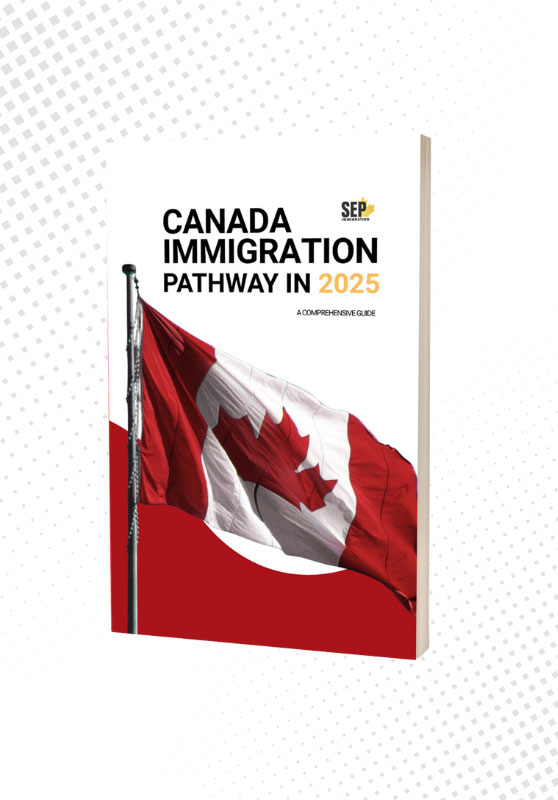If you’re applying for Canadian immigration under Express Entry or other skilled worker programs, you’ll need to back up your work history with more than just a résumé.
The employment reference letter is one of the most important documents in that process. This is not the kind of reference that talks about your character — it’s strictly about facts: where you worked, what you did, how long you did it, and how much you earned.
Table of Contents
ToggleWhy Write an Employment Reference Letter?
Immigration, Refugees and Citizenship Canada (IRCC) doesn’t accept claims of work experience without proof. A well-written reference letter helps show that your employment meets the requirements of the program you’re applying to. Without it, even a long work history might not count.
This document gives immigration officers something they can review and cross-reference. It helps them confirm that your job duties line up with the NOC (National Occupation Classification) code you selected and that your experience qualifies as skilled work. Missing a few key details could cause your application to take a hit — or even be rejected.
How to Write an Employment Reference Letter (Step-by-Step)
Step 1: Use Official Letterhead
Start with the company’s letterhead. That means the logo (if it has one), the full legal name, address, phone number, and email. If the company doesn’t have letterhead, the contact details must still appear at the top of the page.
Step 2: Include These Details
Your letter must include the following:
- Full name of the employee — exactly as it appears on official documents
- Job title — use the official title you held, not one you think sounds better
- Dates of employment — the day you started and the day you left (or note that you’re still working there)
- Hours worked — full-time, part-time, or casual, with the number of hours per week clearly stated
- Annual salary and benefits — include the gross annual amount and any benefits (bonuses, health insurance, pension contributions, etc.)
- Job duties — this part needs careful attention; your listed responsibilities should closely match those under your NOC code
- Name and title of the person writing the letter — with their signature and contact information
Step 3: Keep the Information Consistent
What’s in this letter should line up with your other paperwork. If your reference letter says you worked full-time for three years, and your tax records only show income for one of those years, that could raise questions.
If your job duties don’t match the NOC code you picked, your work experience might not count at all.

Tips for Writing a Strong Letter
- Don’t copy-paste from a job ad. Describe the actual tasks you handled daily or weekly.
- Match at least 70–80% of the duties listed under the NOC code you claim.
- Ask someone who supervised you or worked in HR to sign the letter — not a peer.
- If the company is closed, include supporting documents like offer letters, pay stubs, or tax slips. You may also need to write a sworn affidavit.
- Use clear, factual language. Avoid vague words or overstatements. This is a legal document, not a recommendation.
Example of an Employment Reference Letter
[XYZ Financial Services Inc. – Company Letterhead]
Date: April 10, 2024
Address: 123 Bay Street, Toronto, ON M5J 2N8
Phone: (416) 555-6789
Email: **@**********al.ca
To Whom It May Concern,
This is to confirm that John Smith was employed at XYZ Financial Services Inc. from January 15, 2019, to March 31, 2023 as a Financial Analyst (NOC 11101).
He worked full-time — 40 hours per week — and earned a gross annual salary of CAD 72,000. His benefits included extended health coverage, a retirement plan, and an annual performance bonus.
During his time with us, John’s responsibilities included:
- Preparing financial reports for management and stakeholders
- Reviewing investment portfolios and analyzing risk
- Using statistical software to forecast economic trends
- Advising clients based on data-driven insights
- Working with compliance and accounting teams to prepare regulatory filings
Should you need more information, feel free to contact me using the details above.
Sincerely,
Jane Doe
Human Resources Manager
XYZ Financial Services Inc.
Signature

FAQ
What is a letter of reference for Canadian immigration?
It’s a letter from your employer that confirms where you worked, what your job involved, how long you were there, how much you earned, etc. IRCC uses it to evaluate your work experience.
How do I write one?
Use company letterhead. Include job title, dates, hours worked, salary, benefits, and a breakdown of duties. Have it signed by someone with authority.
What can an employer include in the letter?
Just the facts. Job details, dates, compensation, and duties. No personal opinions or performance evaluations.
Are employment letters and reference letters the same?
Not exactly. A general employment letter might only state that you worked at a place. An immigration reference letter must be much more detailed and must match the NOC code you’re claiming.





